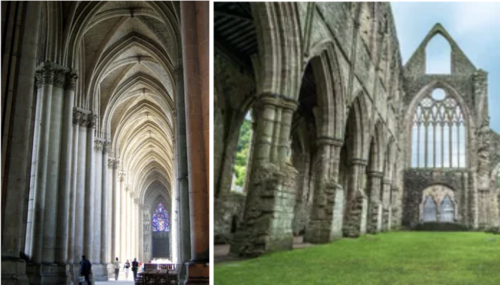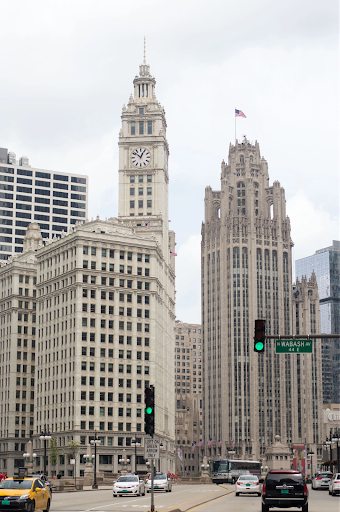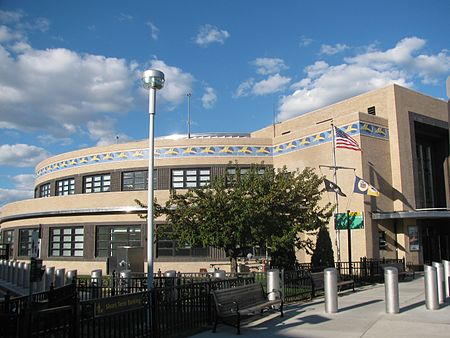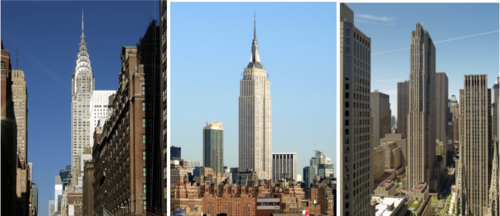HIR - Architectural Styles Guide
Having a strong design concept makes a statement about the values your building represents (e.g. cooperation, sustainability, creativity) and gives an opportunity to showcase the mission statement of your firm and show clients that your company is the right place for them to realize their vision. It also provides guiding principles as the building develops over the course of the semester. This guide introduces multiple architectural styles and their associated philosophies to help scaffold your personal style.
Good architecture considers many aspects beyond pure aesthetic, such as the flow of foot traffic in and around the building, the views and skylines affected by the building, the incorporation of sunlight and greenspaces, and the way a building compliments its surrounding neighbors. It often helps to draw on both recent trends and older styles, even if they fell out of vogue hundreds of years ago. (For a building that did not respect its surroundings, see the Salesforce Tower in San Francisco.)
This guide is by no means comprehensive; architecture spans thousands of years of human history across the globe, the ones chosen here are merely a sampling platter.
Gothic - 1300s-1500s
Gothic Architecture was developed mostly in Europe for abbeys and cathedrals. The gothic style is characterized by Vaulted Ceilings, cavernous spaces, and intricate masonry. The goal in the development of gothic architecture was to create a sense of openness that allowed natural light (especially when paired with stained glass windows) while still preserving impressive height and durability.
Gothic architecture influenced the Gothic Revival (or neo-gothic) movements in the late 1800s. The Tribune Tower in Chicago (former home of the Chicago Tribune) is a 20th century example of the Gothic Revival, and is itself a revival of the former Tribune Tower that burnt down in the Great Chicago Fire 1871. Notice how the building meshes with the style of its neighbors, while still showcasing the iconic buttresses and towers of the Gothic Era.
Sources: Britannica
Gothic Revival architecture - Wikipedia
Tribune Tower - Wikipedia
Art Deco - 1925-1940s
While the Art Deco style was short lived, it is worth including as we are a New York City based program. Art Deco is characterized by streamlined, geometric forms that celebrate the geometric, stylized look associated with modernism and luxury. It is also marked by the blend of man-made substances (plastics, glass, concrete) with natural ones (ivory, stone, crystal). The Art Deco movement originated in the 1920s in both the visual arts and architecture as a push away from traditional forms and a celebration of machining and human industrial progress.
The Chrysler Building, Rockefeller Center, and the Empire State Building are all iconic examples of the Art Deco style. While your building will likely not be nearly as tall, Art Deco is a great example of how simple, intentional geometric repetitions can create a unique aesthetic.
Source: Art Deco | Definition, Characteristics, History, Artists, Architecture, & Facts | Britannica



